Full text
PDF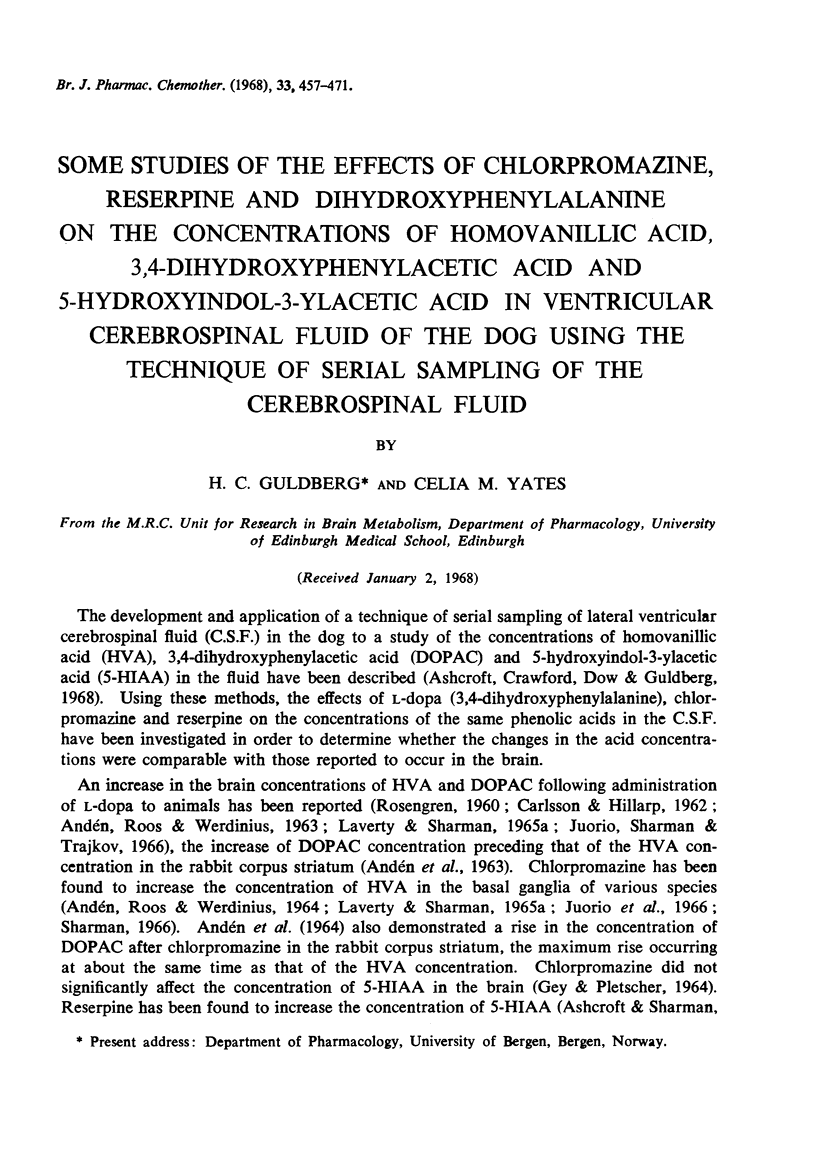
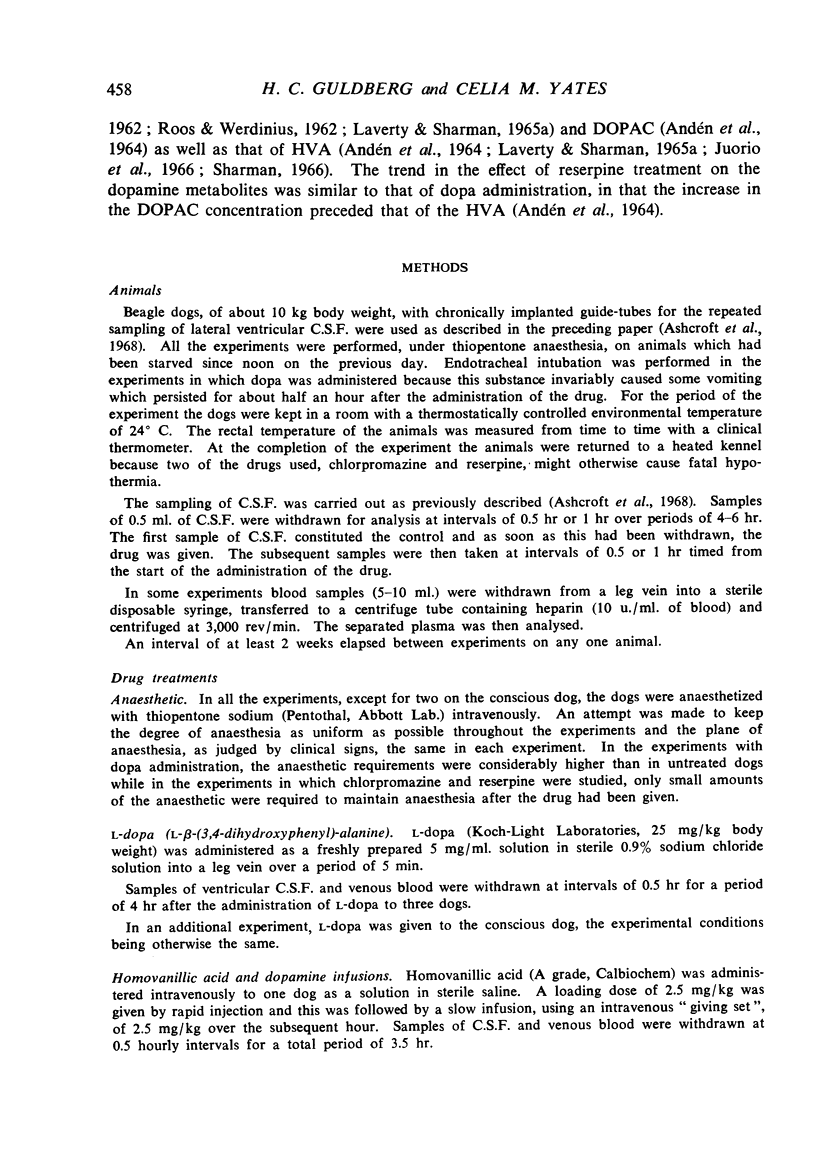
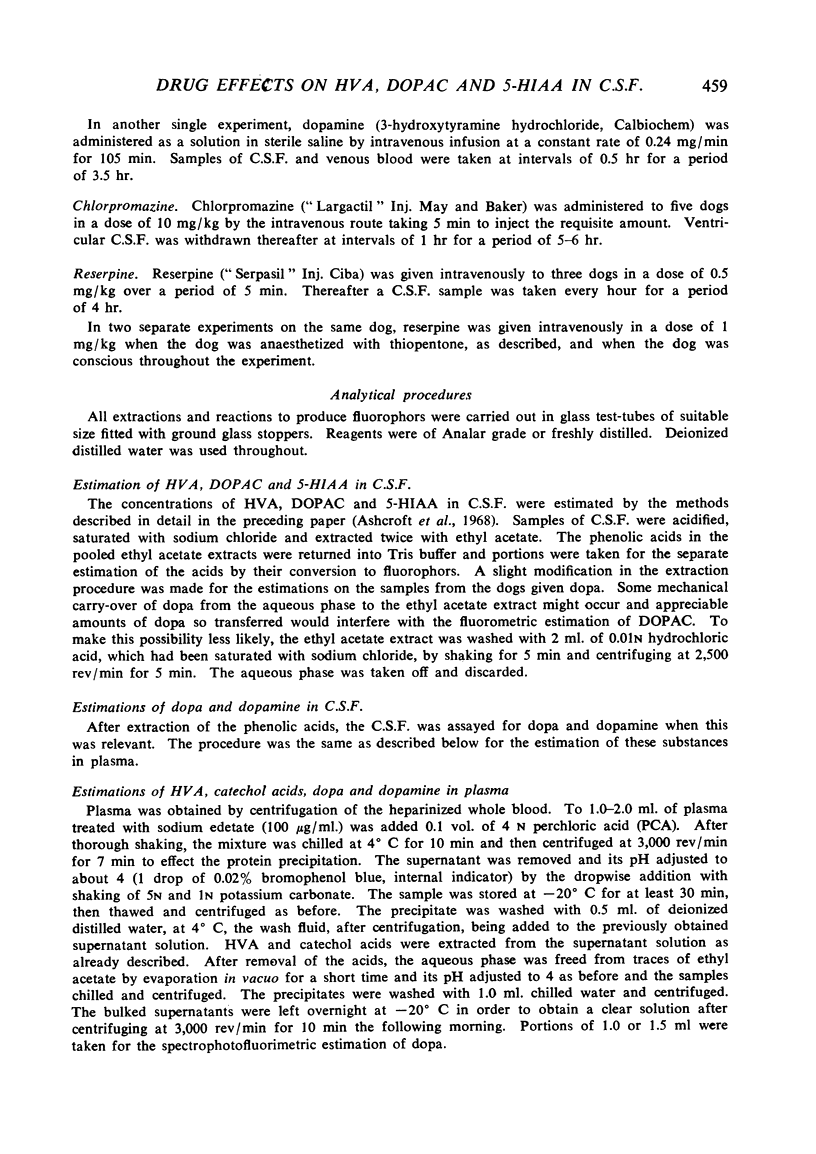

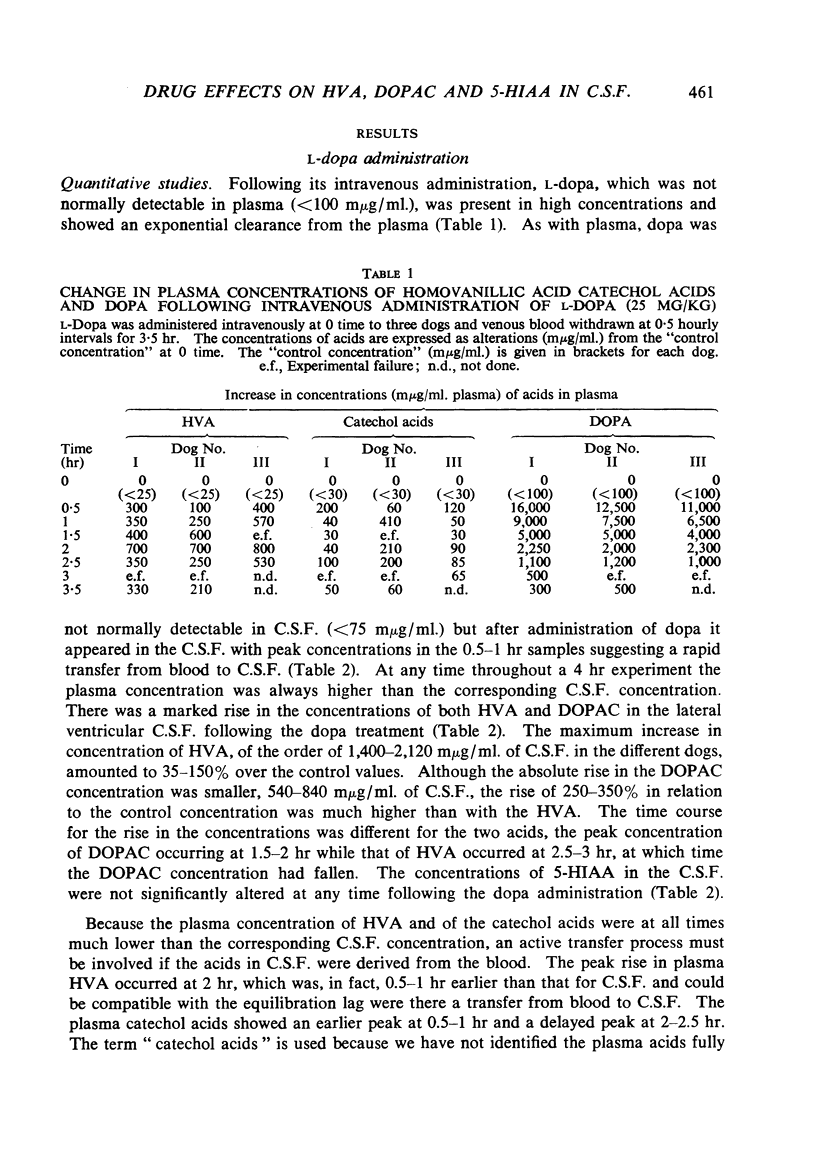
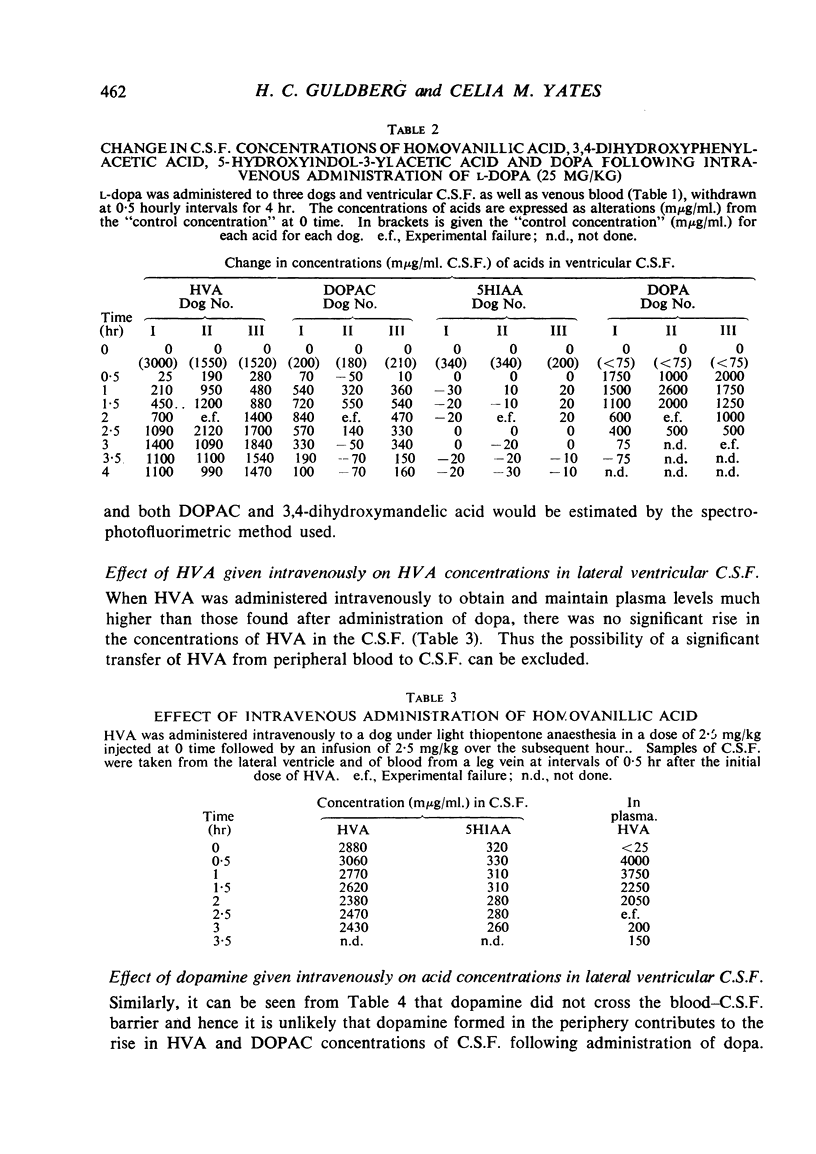
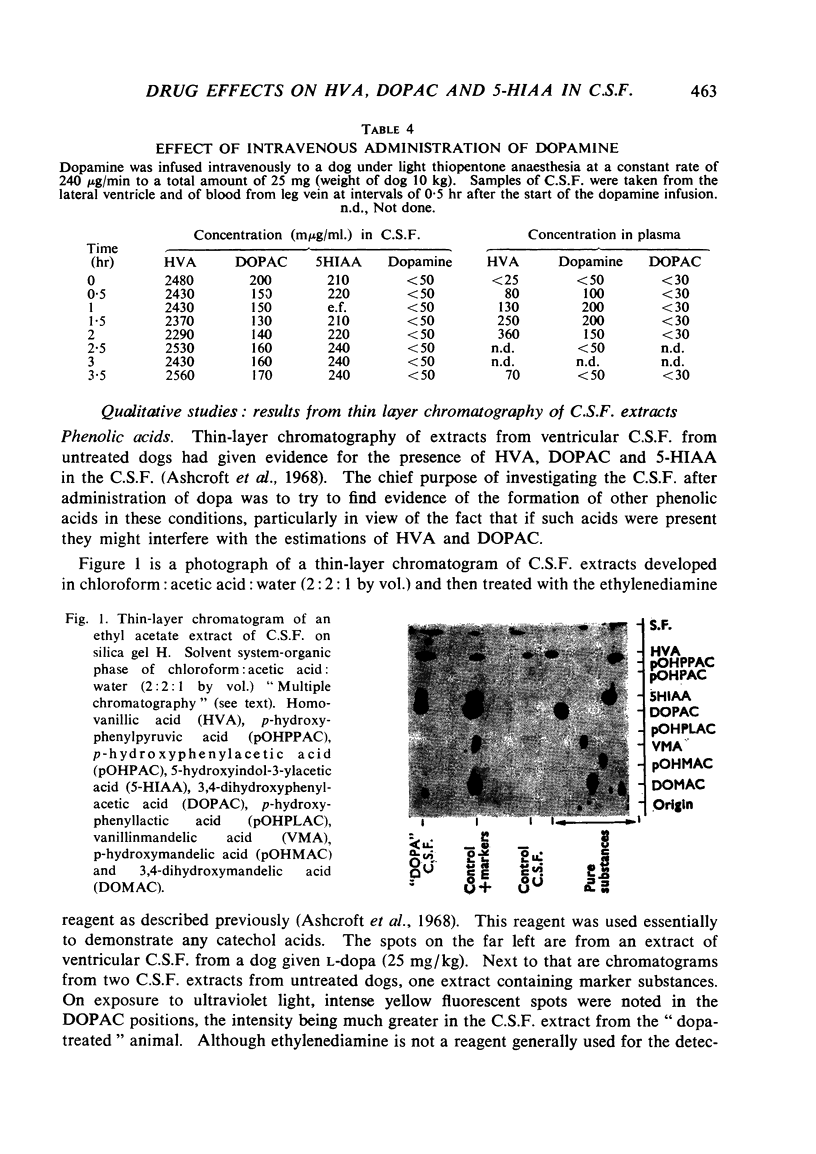
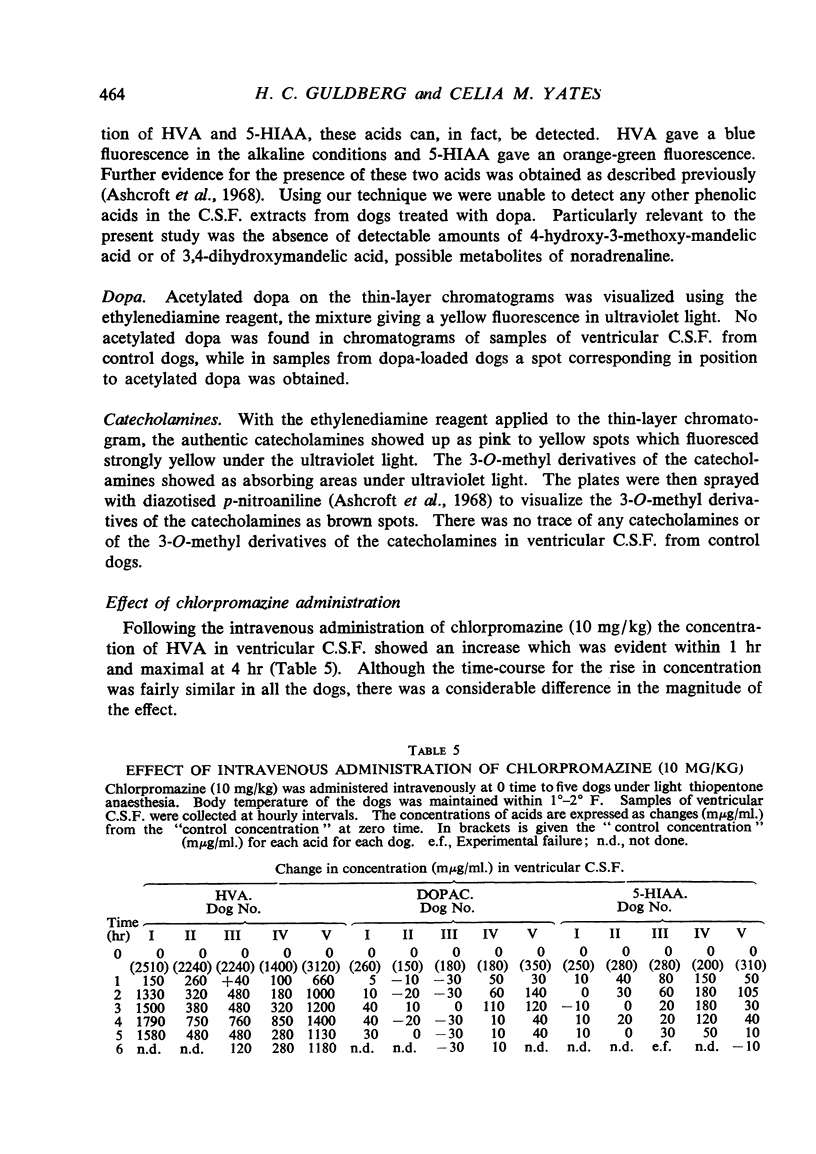
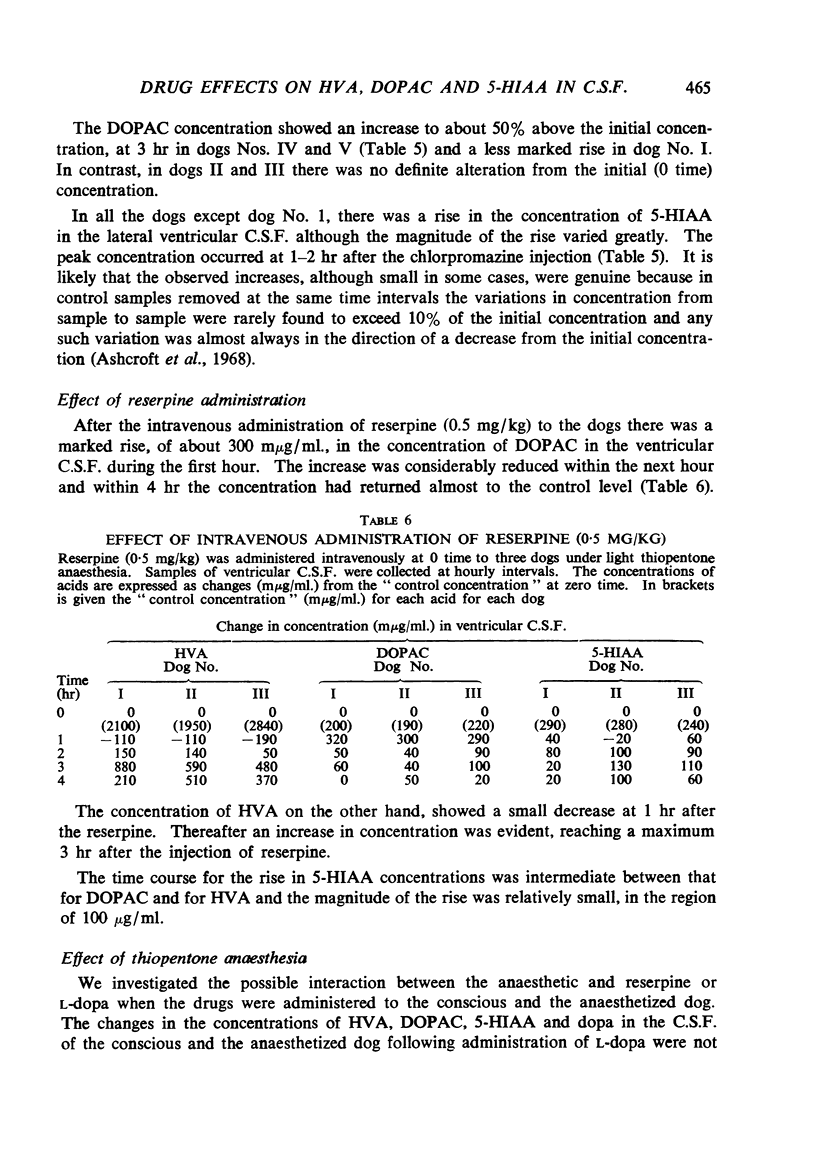
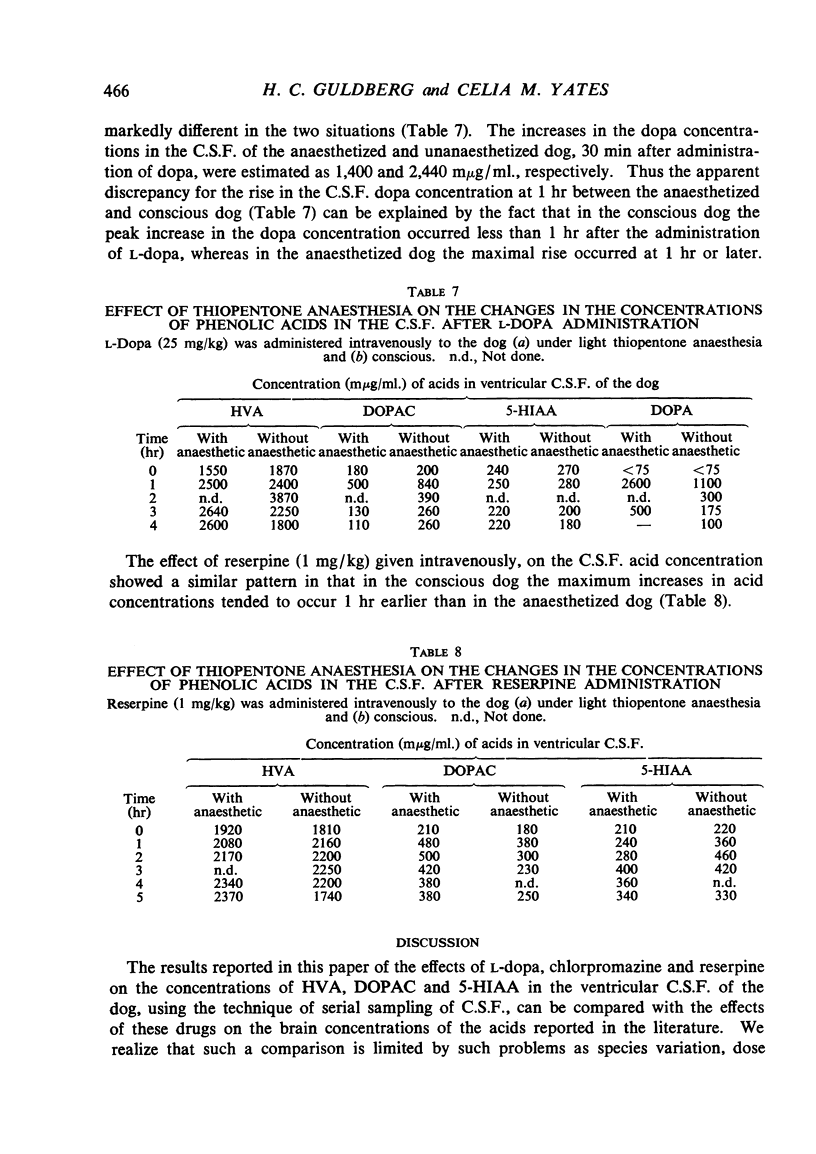
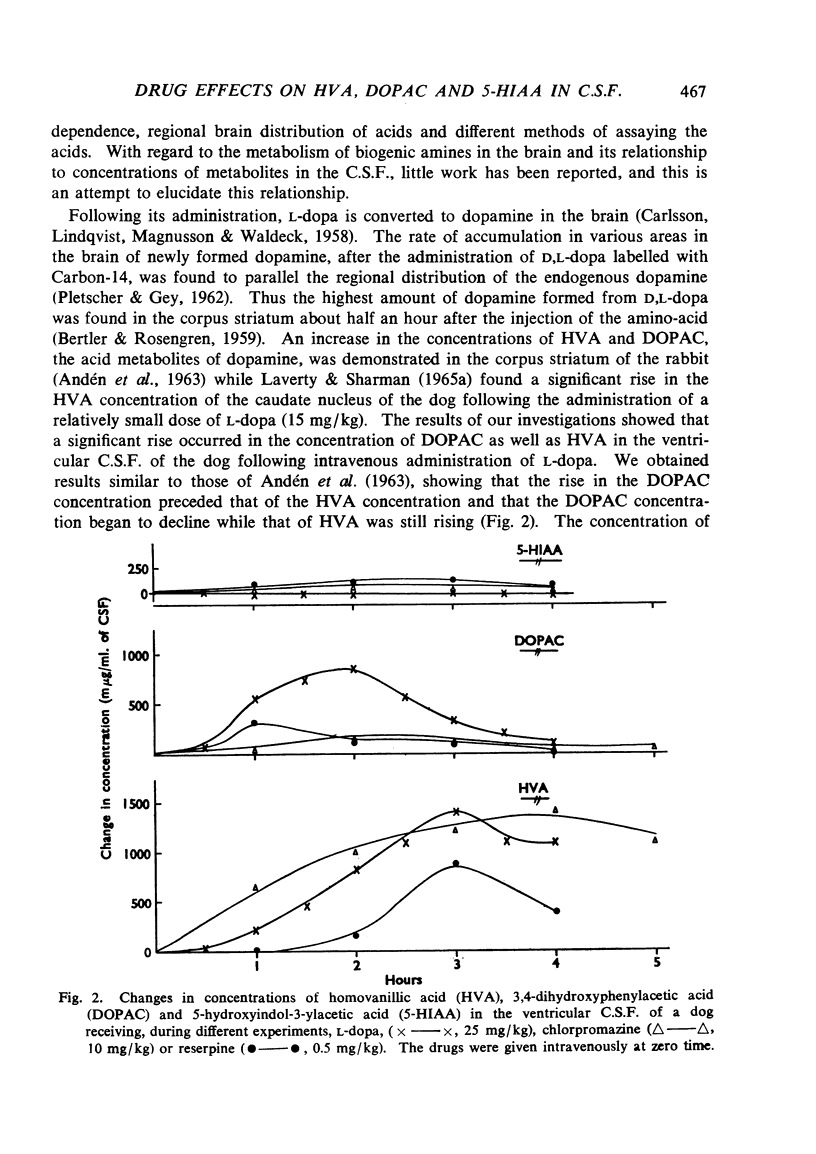
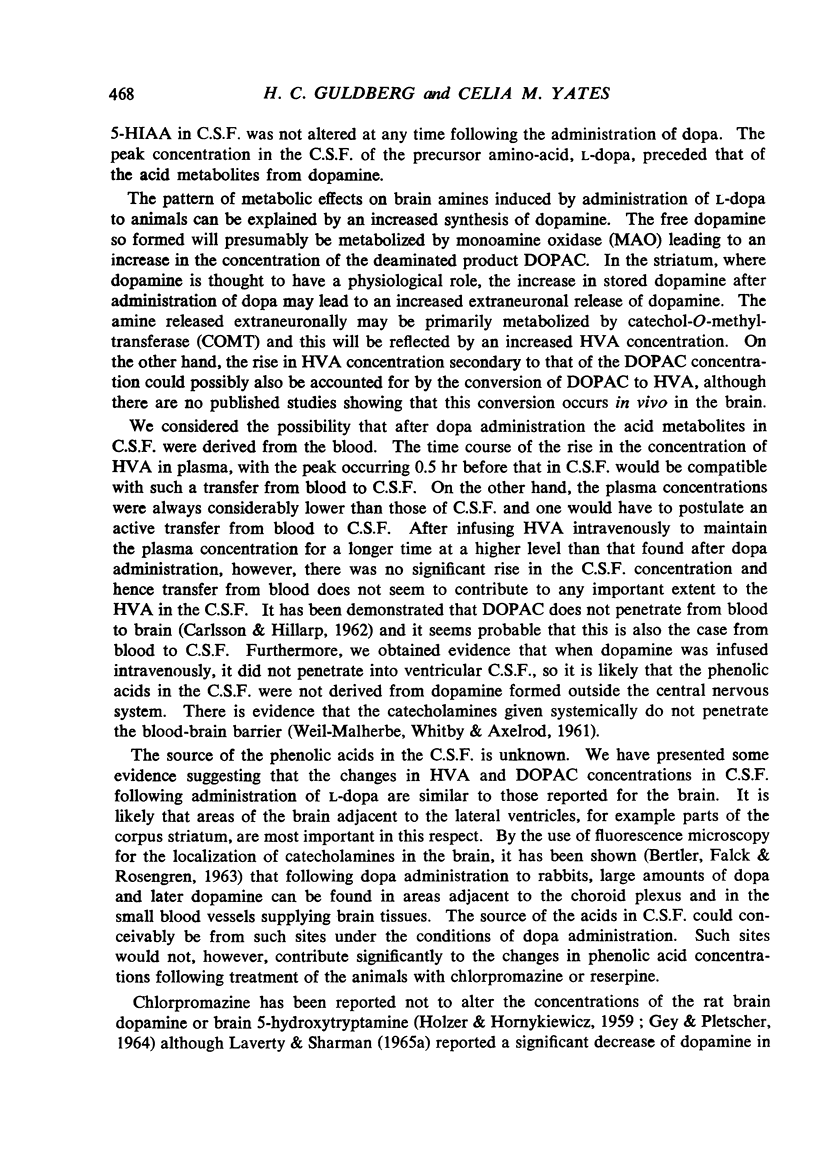
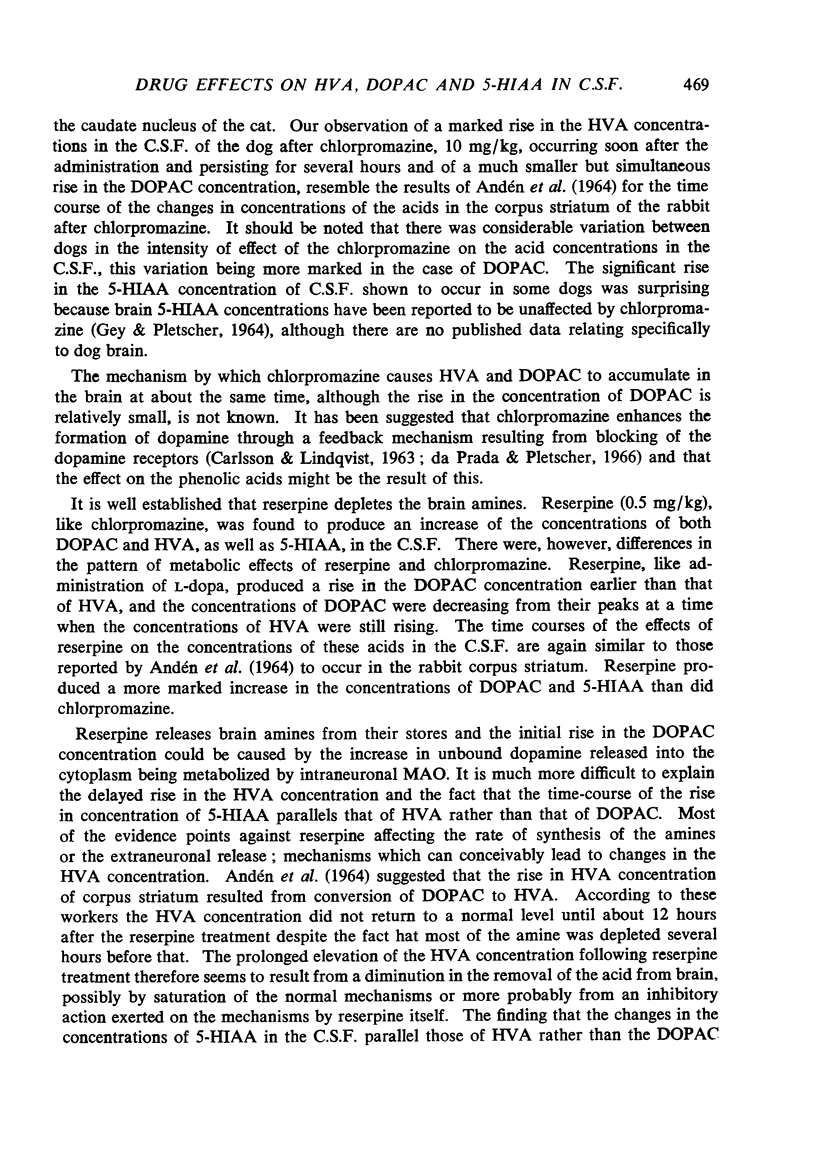
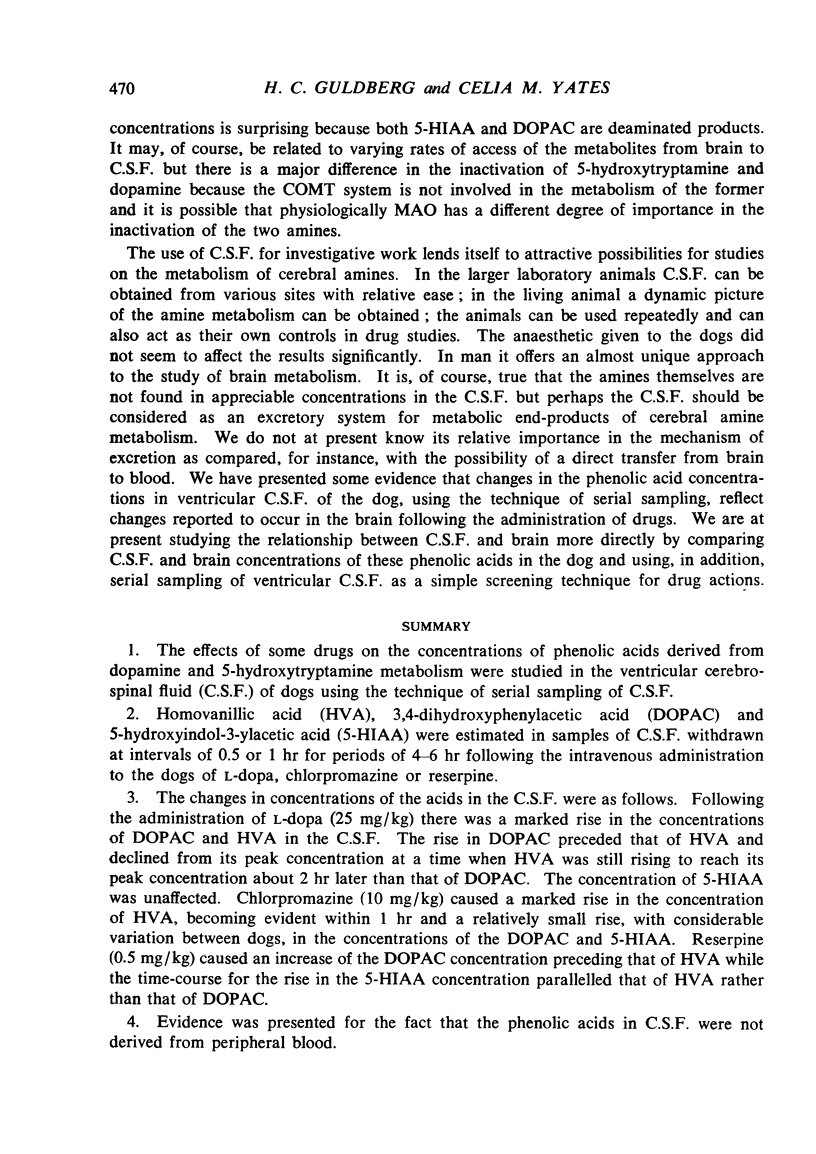
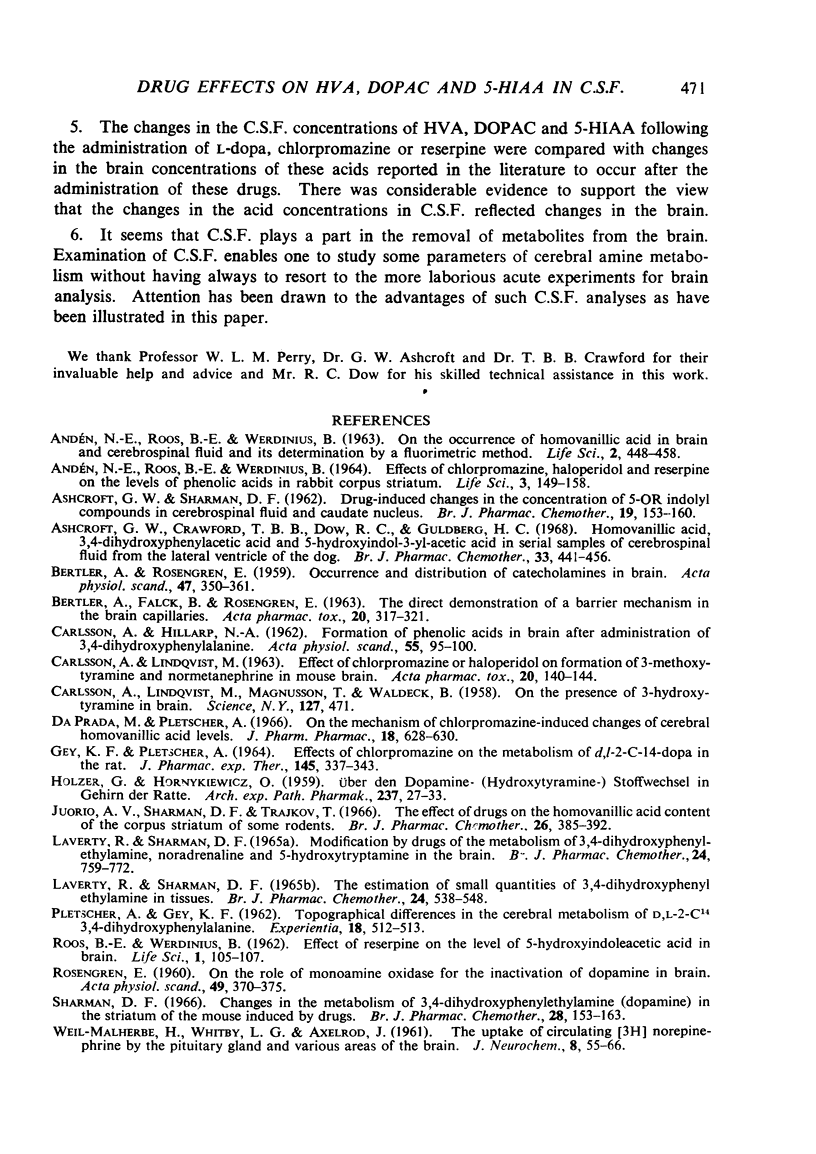
Images in this article
Selected References
These references are in PubMed. This may not be the complete list of references from this article.
- ANDEN N. E., ROOS B. E., WERDINIUS B. On the occurrence of homovanillic acid in brain and cerebrospinal fluid and its determination by a fluorometric method. Life Sci. 1963 Jul;(7):448–458. doi: 10.1016/0024-3205(63)90132-2. [DOI] [PubMed] [Google Scholar]
- ASHCROFT G. W., SHARMAN D. F. Drug-induced changes in the concentration of 5-OR indolyl compounds in cerebrospinal fluid and caudate nucleus. Br J Pharmacol Chemother. 1962 Aug;19:153–160. doi: 10.1111/j.1476-5381.1962.tb01436.x. [DOI] [PMC free article] [PubMed] [Google Scholar]
- Ashcroft G. W., Crawford T. B., Dow R. C., Guldberg H. C. Homovanillic acid, 3,4-dihydroxyphenylacetic acid and 5-hydroxyindol-3-ylacetic acid in serial samples of cerebrospinal fluid from the lateral ventricle of the dog. Br J Pharmacol Chemother. 1968 Jul;33(3):441–456. doi: 10.1111/j.1476-5381.1968.tb00493.x. [DOI] [PMC free article] [PubMed] [Google Scholar]
- BERTLER A., FALCK B., ROSENGREN E. THE DIRECT DEMONSTRATION OF A BARRIER MECHANISM IN THE BRAIN CAPILLARIES. Acta Pharmacol Toxicol (Copenh) 1963;20:317–321. doi: 10.1111/j.1600-0773.1964.tb01752.x. [DOI] [PubMed] [Google Scholar]
- BERTLER A., ROSENGREN E. Occurrence and distribution of catechol amines in brain. Acta Physiol Scand. 1959 Dec 12;47:350–361. [PubMed] [Google Scholar]
- CARLSSON A., HILLARP N. A. Formation of phenolic acids in brain after administration of 3,4-dihydroxyphenylalanine. Acta Physiol Scand. 1962 May;55:95–100. doi: 10.1111/j.1748-1716.1962.tb02422.x. [DOI] [PubMed] [Google Scholar]
- CARLSSON A., LINDQVIST M. EFFECT OF CHLORPROMAZINE OR HALOPERIDOL ON FORMATION OF 3METHOXYTYRAMINE AND NORMETANEPHRINE IN MOUSE BRAIN. Acta Pharmacol Toxicol (Copenh) 1963;20:140–144. doi: 10.1111/j.1600-0773.1963.tb01730.x. [DOI] [PubMed] [Google Scholar]
- CARLSSON A., LINDQVIST M., MAGNUSSON T., WALDECK B. On the presence of 3-hydroxytyramine in brain. Science. 1958 Feb 28;127(3296):471–471. doi: 10.1126/science.127.3296.471. [DOI] [PubMed] [Google Scholar]
- Da Prada M., Pletscher A. On the mechanism of chlorpromazine-induced changes of cerebral homovanillic acid levels. J Pharm Pharmacol. 1966 Sep;18(9):628–630. doi: 10.1111/j.2042-7158.1966.tb07948.x. [DOI] [PubMed] [Google Scholar]
- GEY K. F., PLETSCHER A. EFFECTS OF CHLORPROMAZINE ON THE METABOLISM OF DL-2-C14-DOPA IN THE RAT. J Pharmacol Exp Ther. 1964 Sep;145:337–343. [PubMed] [Google Scholar]
- HOLZER G., HORNYKIEWICZ O. [On dopamine (hydroxytyramine) metabolism in the rat brain]. Naunyn Schmiedebergs Arch Exp Pathol Pharmakol. 1959;237:27–33. [PubMed] [Google Scholar]
- Juorio A. V., Sharman D. F., Trajkov T. The effect of drugs on the homovanillic acid content of the corpus striatum of some rodents. Br J Pharmacol Chemother. 1966 Feb;26(2):385–392. doi: 10.1111/j.1476-5381.1966.tb01918.x. [DOI] [PMC free article] [PubMed] [Google Scholar]
- LAVERTY R., SHARMAN D. F. MODIFICATION BY DRUGS OF THE METABOLISM OF 3,4-DIHYDROXYPHENYLETHYLAMINE, NORADRENALINE AND 5-HYDROXYTRYPTAMINE IN THE BRAIN. Br J Pharmacol Chemother. 1965 Jun;24:759–772. doi: 10.1111/j.1476-5381.1965.tb01632.x. [DOI] [PMC free article] [PubMed] [Google Scholar]
- LAVERTY R., SHARMAN D. F. THE ESTIMATION OF SMALL QUANTITIES OF 3,4-DIHYDROXYPHENYLETHYLAMINE IN TISSUES. Br J Pharmacol Chemother. 1965 Apr;24:538–548. doi: 10.1111/j.1476-5381.1965.tb01744.x. [DOI] [PMC free article] [PubMed] [Google Scholar]
- PLETSCHER A., GEY K. F. Topographical differences in the cerebral metabolism of DL-2-14C-3,4-dihydroxphenylalanine. Experientia. 1962 Nov 15;18:512–513. doi: 10.1007/BF02151603. [DOI] [PubMed] [Google Scholar]
- ROOS B. E., WERDINIUS B. Effect of reserpine on the level of 5-hydroxyindoleacetic acid in brain. Life Sci. 1962 Mar;1:105–107. doi: 10.1016/0024-3205(62)90037-1. [DOI] [PubMed] [Google Scholar]
- ROSENGREN E. On the role of monoamine oxidase for the inactivation of dopamine in brain. Acta Physiol Scand. 1960 Aug 25;49:370–375. doi: 10.1111/j.1748-1716.1960.tb01959.x. [DOI] [PubMed] [Google Scholar]
- Sharman D. F. Changes in the metabolism of 3,4-dihydroxyphenylethylamine (dopamine) in the striatum of the mouse induced by drugs. Br J Pharmacol Chemother. 1966 Nov;28(2):153–163. doi: 10.1111/j.1476-5381.1966.tb01881.x. [DOI] [PMC free article] [PubMed] [Google Scholar]
- WEIL-MALHERBE H., WHITBY L. G., AXELROD J. The uptake of circulating [3H]norepinephrine by the pituitary gland and various areas of the brain. J Neurochem. 1961 Oct;8:55–64. doi: 10.1111/j.1471-4159.1961.tb13526.x. [DOI] [PubMed] [Google Scholar]



